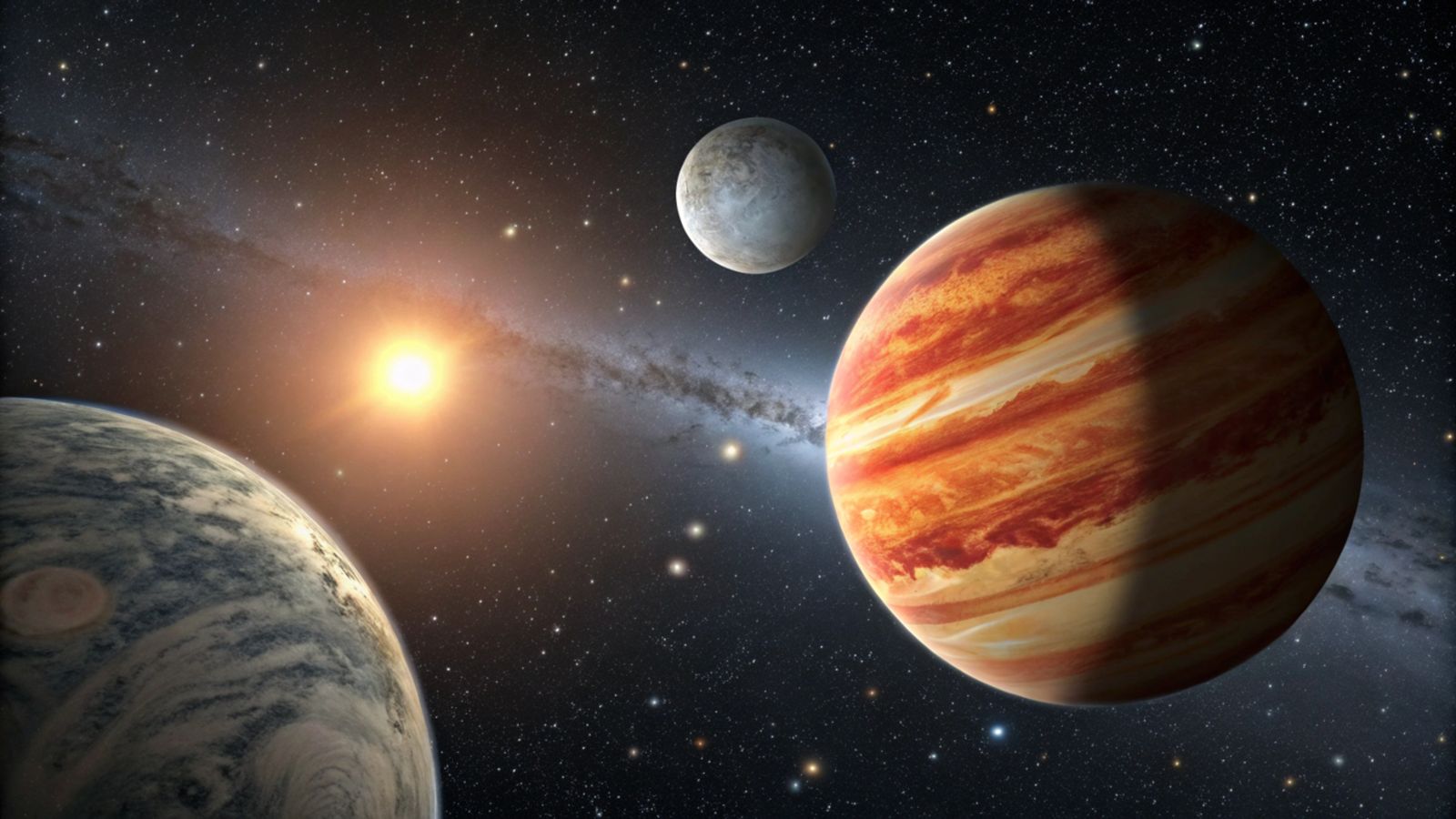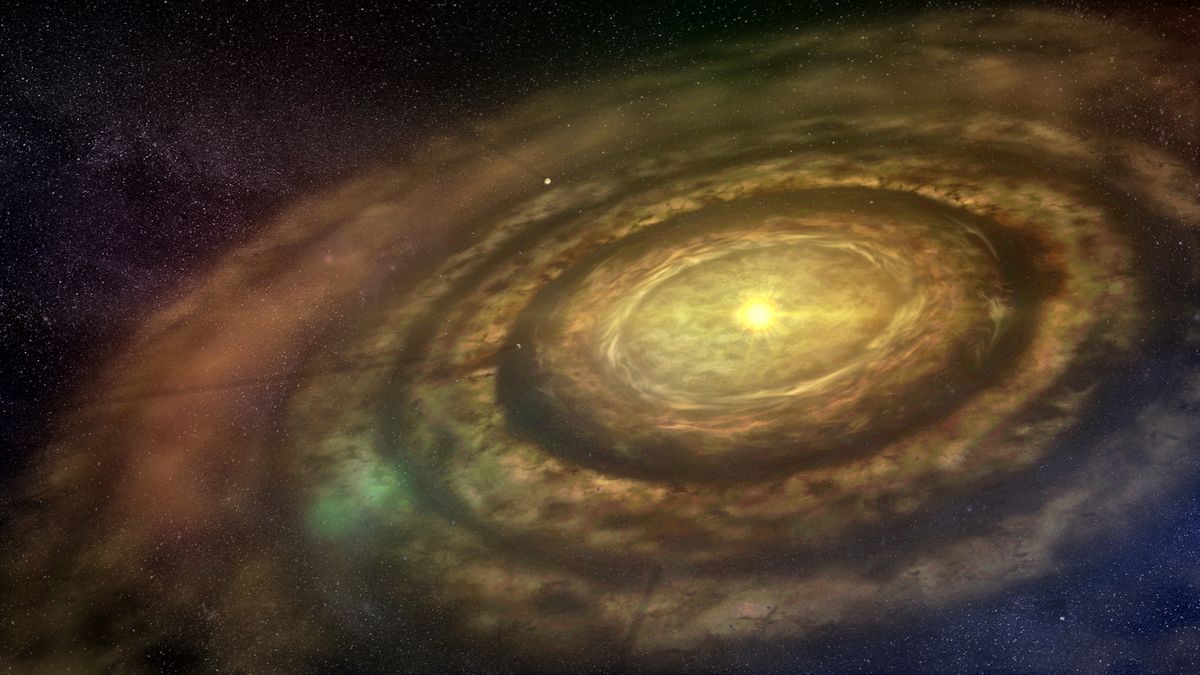Follow us on Google News (click on ☆)

Located about 403 light-years away in the constellation Lupus, the WASP-132 system is intriguing scientists. This system hosts a hot Jupiter, a super-Earth, and an ice giant, offering an unexpected structure that challenges planetary formation models.
The hot Jupiter, WASP-132b, orbits its star in just over seven Earth days. The super-Earth, WASP-132c, completes its orbit in about 24 hours, while the ice giant, WASP-132d, takes five years to circle the star. This unique configuration suggests a stable migration of planets towards their star.
Researchers from several institutions, including the University of Geneva and the University of Zurich, have been studying this system since 2006. The discovery of the super-Earth by NASA's TESS satellite in 2021 was a turning point, revealing the complexity of the WASP-132 system.
This discovery challenges the theory that hot Jupiters are cosmic loners. The presence of a super-Earth closer to the star than the hot Jupiter and an ice giant further away suggests that planets can form and coexist near a hot Jupiter.

Illustration of a protoplanetary disk around a young star.
Credit: University of Copenhagen/Lars Buchhave
Scientists plan to continue their research to understand how such a system could have formed. They hope this study will stimulate new investigations into the formation of hot Jupiters and the diversity of planetary systems.
Future data from the Gaia satellite could reveal more details about this system, including the possible presence of a brown dwarf at its outskirts. This discovery could well force a revision of our understanding of hot Jupiters and the formation of planetary systems.
How do hot Jupiters become cosmic loners?
Hot Jupiters are gas giants that orbit very close to their host star. Contrary to what one might think, these planets do not form in the immediate vicinity of their star. Scientists believe they migrate inward after forming in protoplanetary disks.
This migration is often considered a violent process that can lead to the accretion or ejection of other celestial bodies in the system. This would explain why hot Jupiters are often observed as solitary planets, without close companions.
However, the discovery of the WASP-132 system, with its super-Earth and ice giant, suggests that this migration can sometimes occur more gently, allowing the coexistence of multiple planets. This opens new perspectives on the diversity of planetary systems and the mechanisms of planet formation.
What is a protoplanetary disk?
A protoplanetary disk is a disk-shaped structure composed of gas and dust that surrounds a young star. It is in these disks that planets begin to form, from the agglomeration of matter.
Protoplanetary disks play a crucial role in the formation of planetary systems. They not only provide the raw material for planet formation but also influence their evolution and migration.
Understanding protoplanetary disks is essential to explain the diversity of planetary systems observed in the Universe. Studies on these disks, such as those conducted on the WASP-132 system, help scientists better understand the processes of planet formation and evolution.